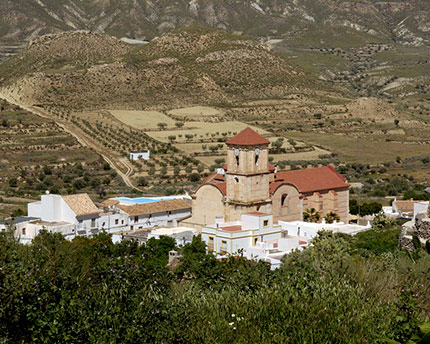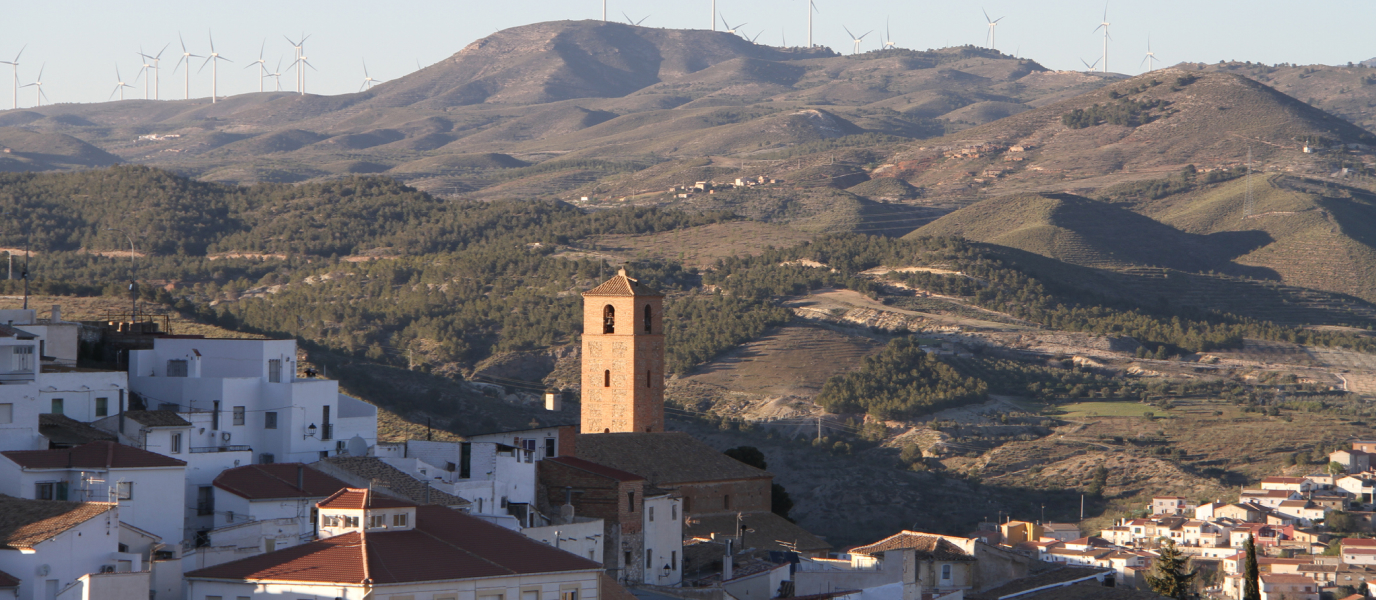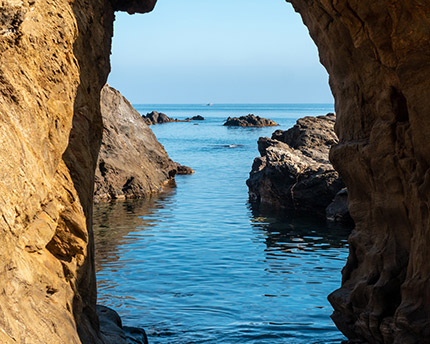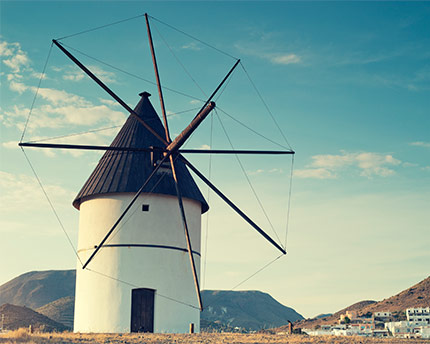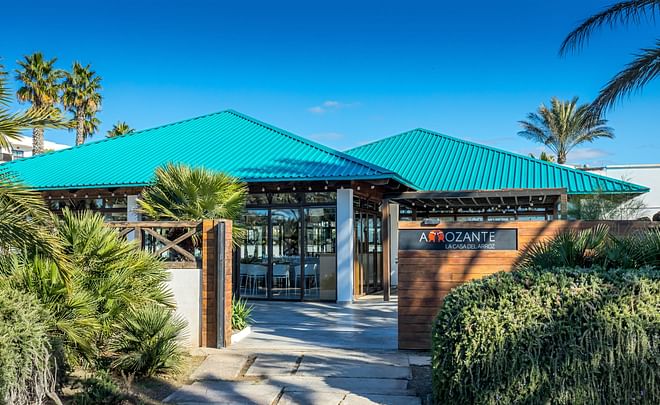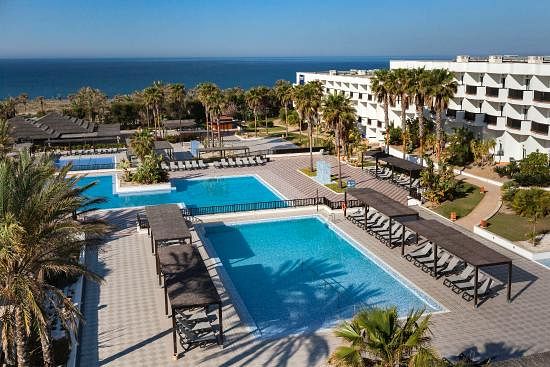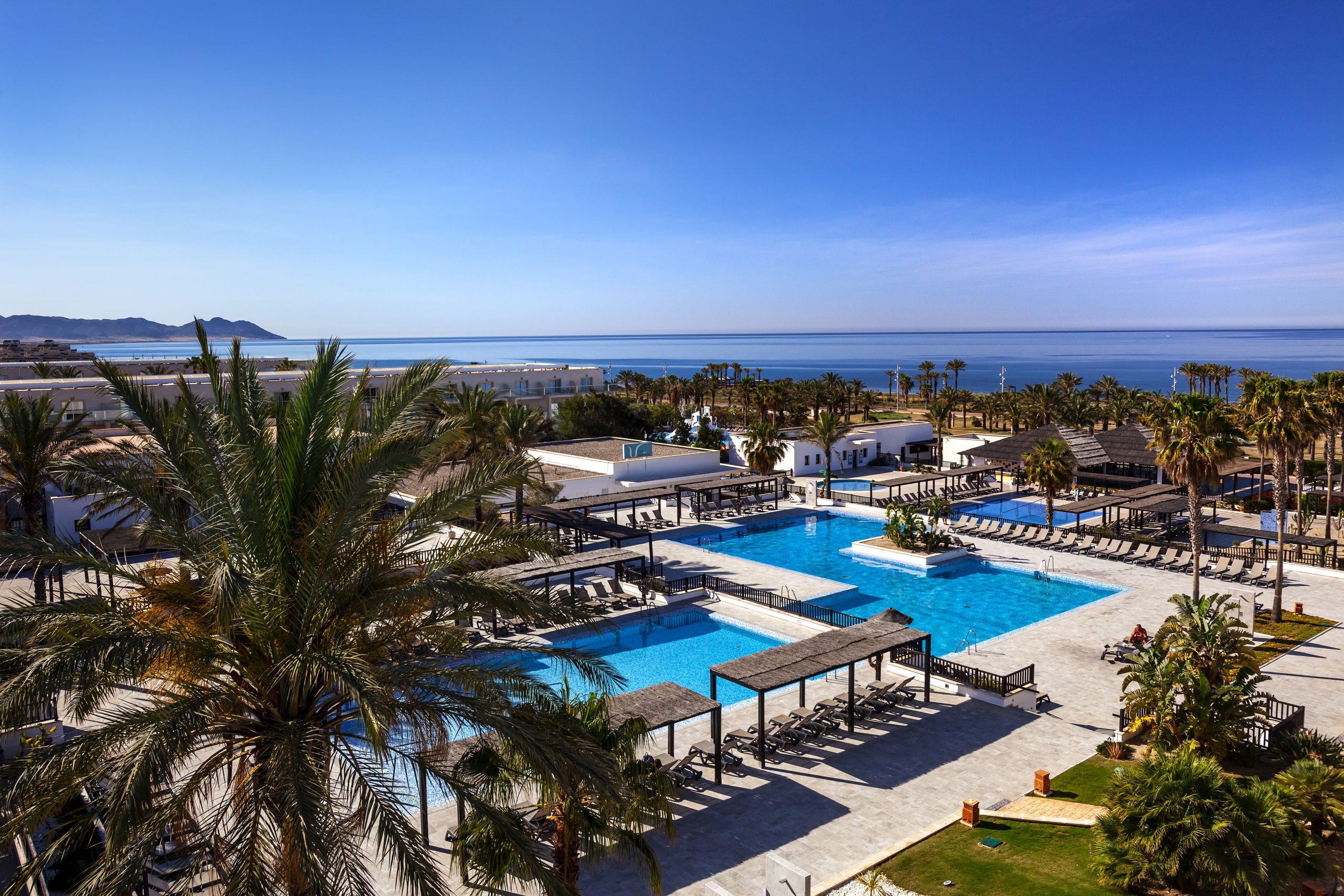Deep in the heart of the Sierra Alhamilla mountain range you will find one of ‘Spain’s most beautiful villages,’ a title bestowed upon it by an official survey in 2013. With barely 600 residents, though, it is the history behind its tiny whitewashed houses makes Lucainena de las Torres an unmissable stop on any tour of Almería province.
Lucainena de las Torres: a village steeped in history
All archaeology appears to point to the fact that this small mountain village was founded during the period in which Spain (or Hispania) was under the control of the Roman Empire. It is believed that the village was established by the Patrician Lucainus, who was descended from early Roman nobility and whose name the settlement eventually took.
During the Middle Ages the Iberian Peninsula was under the control of the Moorish Caliphate. These Moors gave the small village a defensive wall and seven towers to protect it from raids. At that time it was known as Locaynena, although in 1488 when it was ceded to the invading ‘Catholic Monarchs’ its name changed to Lucainena of the Seven Towers. After the Moors were expelled from the peninsula the village remained unpopulated until the 16th century when 19 colonists arrived to inhabit it. At this time (1505) the first church was built on the ruins of the former mosque.
The village grew over the following years until, in 1900, it recorded a population of 2455 inhabitants. In the 19th century, much of the land in the surrounding area was taken from the old feudal masters and the Church, and was given to the local population. After this, agriculture and the mining industry prospered and resulted in flourishing industry in the area thanks to newly built garment and soap factories, wind and water mills, pottery workshops, and distilleries.
What to see in Lucainena de las Torres
Walking through the narrow streets of Lucainena de las Torres is like walking through the unreal props of a movie set. Its pristine whitewashed walls are strewn with thousands of colourful flowerpots, to which the locals give the utmost care all year round.
Walking through the Plaza del Pueblo is like wading through the steeped waters of history itself. On the one side you will find the old washing site, where the villagers used to gather to wash their clothes and linens and take fresh water away in pales or just let their animals drink freely. On the other, there is the famous Church to Our Lady of Mentesion, which was sacked and destroyed by the pirate Omar-Al Askenn and later rebuilt in the 17th century.
Walking routes to lookout points on clifftops
From above, the village flows through the valley like an ochre canvas speckled with white squares. There are two main lookout points above Lucainena, the first is the Mirador del Garruchete, from which you can get an excellent view of the mountains unfolding before you. The second is the Mirador del Poyo de la Cruz, an extremely well looked-after overlook with benches on which you can enjoy the panoramic views for hours.
Mining was such an important industry in the area that one of the most popular walking routes, the Via Verde, is one that takes you past many of the most important buildings from the hay day of the industry. This almost perfectly flat, 5-kilometre route used to be an iron track used to transport materials between buildings. Today, you can either walk or cycle this path and see one of the most famous architectural remnants of the ‘mining age’, 8 smelting ovens around 20 metres tall and capable of smelting around 50 tonnes of minerals a day.
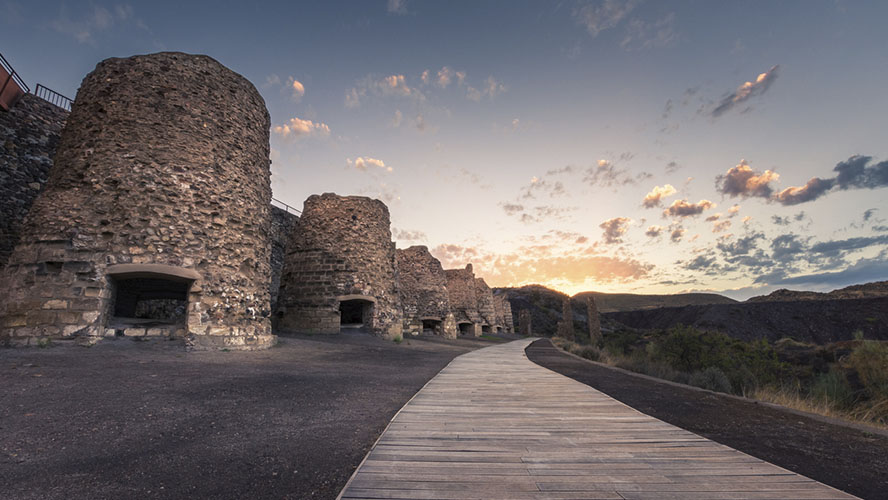
From the highest point of the town you will find the remains of the main watchtower, out of the original seven built in antiquity. This tower, also known as El Molinillo, once protected the wall from possible attacks but it was later converted into a windmill.
The imposing Lucainena Rock makes for a striking backdrop to the city. As the story goes, a goatherd once found some treasure beneath a rock up there but when he told the rest of the villagers, they didn’t believe him. However, some of the villagers went to check the goatherd’s story and found a number of coins, which he had apparently thrown away. When the civil guard heard about the story, they combed the area in search of the treasure, but it would seem that either the story was fiction or that the locals who found the treasure seemed to have forgotten to turn it over to the authorities.
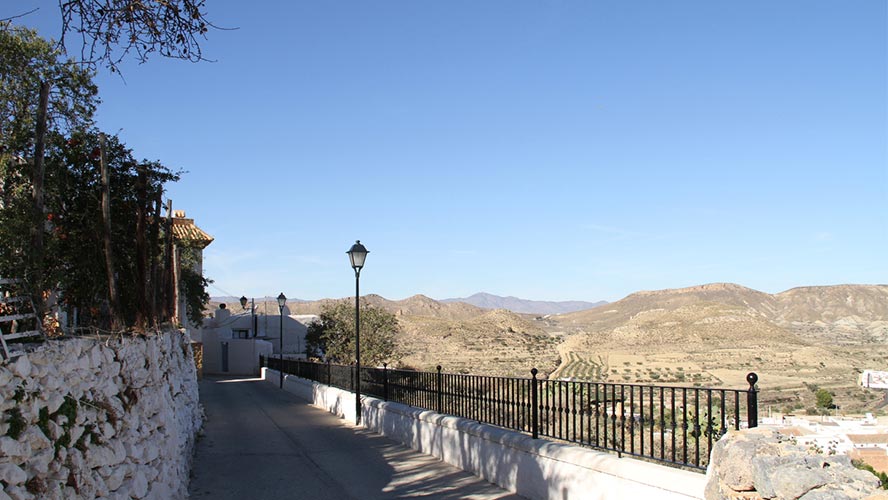
To the east of the village is the famous Juagarí ravine, which boasts hot springs with plenty of stories of miracles attached to them. The origin of this fame, apparently, comes from a story of an injured pig that once rolled around in the waters and was miraculously healed. Naturally, this led to the springs being converted in to public baths to which people flocked in order to treat their injuries and illnesses.
What to eat Lucainena de las Torres
This Almerían village boasts some of the finest gurullos, a type of ‘pasta’ made from wheat flour, water and saffron and served with lamb. Lucainena is also famous for its corn balls, a partridge and wheat casseroles, which is ideal on those cold days in the mountains. When it comes to desserts, the roscos, cream-filled buns called bollos de nata and the almond cuajaos are exquisite.
Trips from Lucainena de las Torres
Not far from Lucainena you will come to Agua Amarga, from whose docks left many of the minerals sent to the Altos Hornos de Vizcaya, the largest company in Spain during the 20th century.
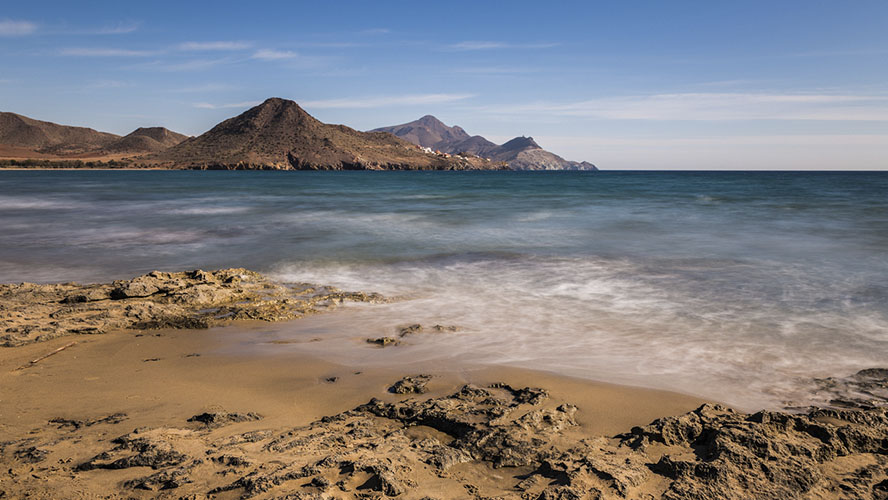
Around 30 minutes by car from Lucainena you will come to Níjar, another picturesque village in the Cabo de Gata-Níjar National Park. These kinds of car trips around Lucainena are an excellent idea because they will give you the chance to discover the countless hidden gems around the province of Almería.
























































